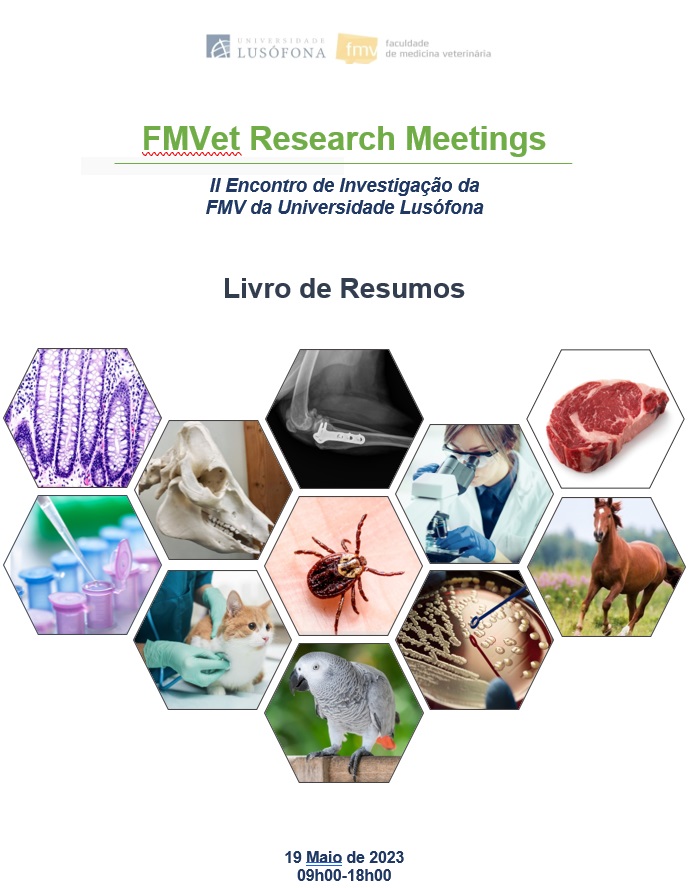Acrylamide levels in chips: are potato chips the only “bad guys”?
Resumo
Objectives: Acrylamide is a carcinogenic substance produced by a chemical reaction between reducing sugars and asparagine, when exposed to high temperatures (over 1200C), which often occurs in roasting, baking or deep frying. Some food products such as potato chips, coffee and toasts have been extensively studied and have acrylamide benchmark levels tightly regulated by the European Regulation (EU) 2017/2158. However, novel food products such as sweet potato chips and other vegetable tubers-based foods have been steadily arising in the food markets as healthier alternatives to regular potato chips and French fries. However, there is little to no information about the acrylamide levels in these novel foods. The aim of this pilot study was to compare the acrylamide levels in fried potatoes with other snack alternatives for human consumption. Despite being a small-scale pilot study, this work could help us to be more aware of the level of acrylamide exposure on these foods and to bring awareness to the need to reevaluate the current regulations for this contaminant.
Materials and Methods: Several brands and chips were randomly selected and were analyzed with the help of the Food Hygiene, Safety, and Health class of 2022/2023 of the Faculty of Veterinary Medicine in Lusófona University. All samples were store-bought randomly and comprised several types of chips, including regular potato, sweet potato, vegetables, tubers, lentils, and corn. For the quantitative determination of acrylamide, we used a recently developed spectrophotometric method that involved its reduction to ammonia.
Results: When compared to regular potato chips, all the other samples presented significantly similar or significantly higher levels of acrylamide (p<0.001). These levels were particularly higher in veggie puffs and in baby foods.
Conclusions: Although these are preliminary results, with a low sample number, our results strongly suggest that the novel foods arising as alternatives to potato chips should also be regulated concerning their acrylamide levels. Particularly since they are advertised as healthy foods and/or baby foods.
Overall, this pilot study highlights the importance of creating acrylamide formation control strategies, as well as reference benchmark levels for newly introduced ready-to-eat products in the market. Special attention should be given to food for children. Their lower body weight when compared to adults, their metabolism, and the likely higher consumption of these kinds of foods make children at higher risk for acrylamide exposure and more vulnerable to the effects of this contaminant. Thus, broader studies on this topic are warranted in the future.
Keywords: Acrylamide, carcinogenic, heat treatment, asparagine


